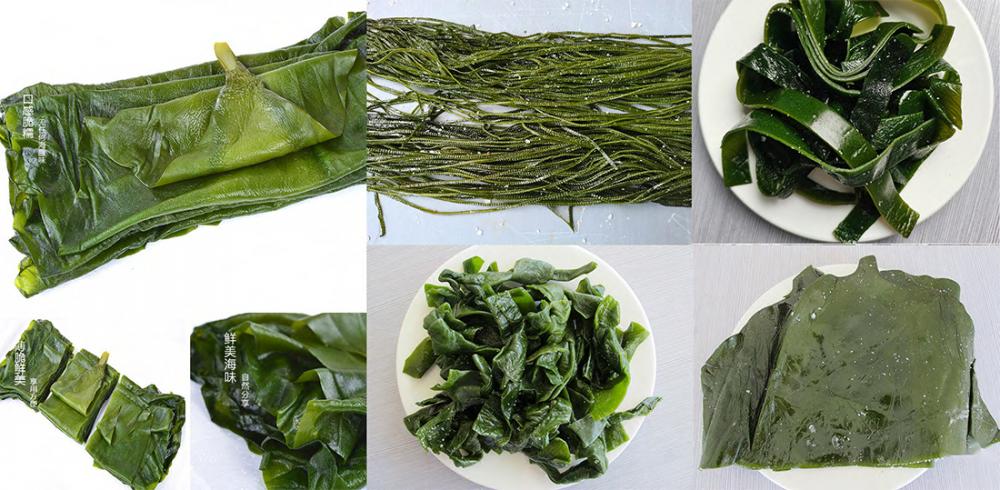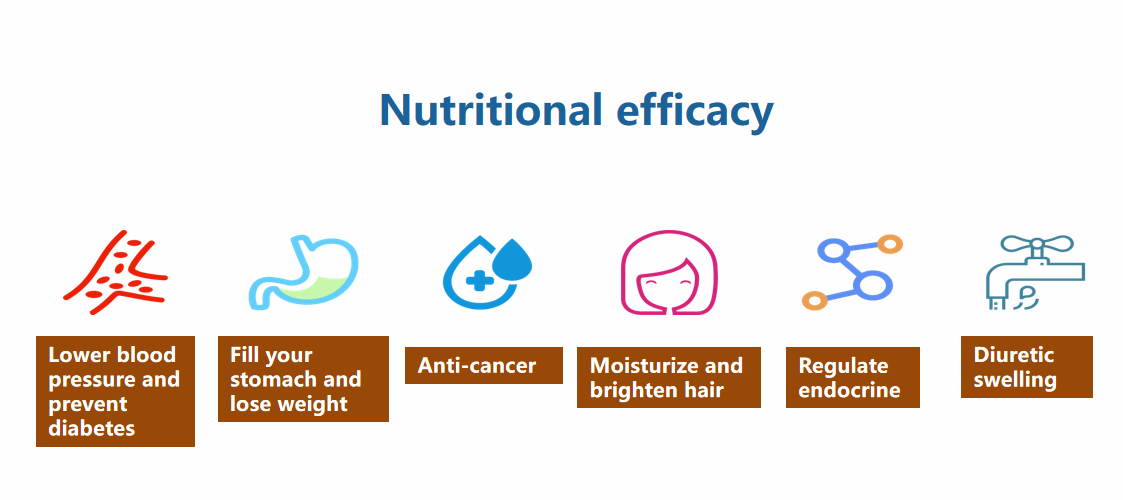In recent years, with the development of sauerkraut factory processing technology, mustard has gradually become one of the most important products. However, due to short planting time and insufficient cultivation experience, there are common problems such as low output of raw materials, poor quality, and serious diseases and insect pests. Through the comparative analysis of the large-scale production of mustard in 2005, the results showed that the yield of 667 square meters per square meter was 6,000 kg and the economic benefits were considerable. Its high-yielding cultivation techniques are described below.
1Select good varieties
Choose varieties that are resistant to disease, high quality, high yield, good commercial quality, and suitable for processing. In recent years, the varieties with relatively large planting area in the region mainly include Chaoshan Dabaobao Mustard and Dapingpu Datuo Dasha.
2 Cultivation of strong seedlings
2.1 time selection
The large meat-packed mustard greens are cold and cool, and they are resistant to extreme heat. The optimum temperature for growth is about 20°C, and the suitable temperature for the formation of leafballs is 10 to 25°C. The best sowing time is from the end of September to the beginning of October, because the seeds are planted before and after the National Day, and are planted at the end of October. At this time, the temperature is still high, which is conducive to growth. From the end of November to mid-December, the season is in low snow and heavy snow, and the temperature is low. This is very beneficial to the decantation of mustard, and at the same time, the temperature is low, and soft rot and downy mildew occur less, which reduces the application of pesticides and reduces pesticide residues in vegetables.
2.2 Prepared soil
Prepare nutrient soil 1 to 2 months before sowing. 667 square meters of land to prepare 1500kg of cooked pond mud, 200kg of decomposed pig manure, while applying three yuan compound fertilizer (15-15-15) 2kg, and then in the mud surface spray enemy Ke Song disinfection, sealed with a film ready. Nursery tray with 53 hole special nursery tray.
2.3 Soil preparation
The plot will be flattened, the nursery tray will be laid, and the nutrient soil will be filled with 2 to 3 seeds per hole to ensure that the whole seedlings will be covered with a shade net and drenched with water to make the soil wet. It is appropriate to uncover the net after 3 days.
2.4 Seedling Management
Due to the use of nursery trays to raise seedlings, mustard seedlings are required to keep seedbeds moist, in case of autumn drought, requiring evening watering, spraying 3 to 4 days to spray 1 time, 90% of trichlorfon 800 times to prevent fleas. Miao fill seedlings after a week, leaving only 1 seedling per hole, 1 seedling after the decoction of diluted rare manure water, can add some urea. After 1 week of leaching, mustard seedlings are 20 to 28 days old, depending on the mustard pest situation to determine the number of sprays. The last time before colonization, the virus was sprayed once with virus K.
3 timely transplanting, reasonable close planting
Generally 20 to 25 days after sowing, 4 to 6 leaves of mustard are suitable for transplanting, and all kinds of seeds are optimal before autumn harvest, which does not affect farm work. Mustard growth is also the best period.
Ploughing before planting, 667 square meters of decomposed organic fertilizer 2500kg (if no organic fertilizer, it should be applied containing 100kg of microbial organic fertilizer), imported Norwegian compound fertilizer 50kg, calcium magnesium phosphate fertilizer 50kg as the base fertilizer, Fuping, starting up, wide surface 1m, width 0.2m, cover film, film width 1m, plant spacing 30cm, spacing 40cm, 667 square meters planted about 4200, in order to ensure strong seedlings, strict removal of diseased seedlings, weak seedlings and so on. After planting, the root water was set and the water was sprayed on the 2nd to 3rd day to make up the seedlings and ensure the whole seedlings. On the 4th day, it is possible to furrow irrigation and leaching once to ensure that the vegetable fields are moist.
4 Management after planting
One week after planting, the mustard was resumed to grow, and then the urea water was added to the seedlings in a timely manner to raise the seedlings, and then the solution was soaked once every other week for a concentration of 0.2% to 0.3%. Into the vigorous growth period, it must be properly watered. The irrigation method is furrow irrigation, that is, filling the row of furrows with water, self-infiltrating by the surface of the surface, filling one line and then filling one line, or filling two or three lines at a time. This irrigation method has the following advantages: 1 Ensure that the vegetable fields are loose , conducive to root growth. 2 Reduce the chance of turbid water contact with mustard leaves to ensure photosynthesis. (3) To reduce the incidence of mustard leaf mosaic disease by reducing the incidence of bruising on the leaves (more than 70% reduction in the thickness of the mulching film), ensuring the mustard quality. The number of irrigation should not be too much, it should not be too little, generally 7 to 10 days irrigation 1 time, in the middle and late 10 to 12 days irrigation 1 times, specifically determined by the extent of autumn drought and flood conditions.
5 Pest control
During the period of nursery and field development, attention was paid to the control of diamondback moth, Spodoptera litura, yellow striped triceratops, rapeseed meal, soft rot and downy mildew. In particular, the disease in Daejeon should be dominated by prevention and prevention and control. After the colonization, 1 leaching and 1 control were performed. The key to prevention and control was within 30 days after the colonization. Pharmacists may choose to use insecticidal double, phoxim, dichlorvos, agricultural streptomycin for soft rot, Chinese cabbage soft rot, carbendazim and so on. In addition, each time spraying and adding foliar fertilizer such as Yeba, Yunda 120 and other obvious effects, in order to ensure the quality of mustard, stop irrigation 20 days before harvest, stop medication.
6 timely harvest
Timely harvest is the key to planting mustard to obtain high quality and high yield. Generally, about 80 days after planting, mustard is the best harvest period, with a small amount of old yellow leaves, tight ball, leaf ball has been fully grown, there is no burst, the flowering phenomenon is not yet the best, prematurely affect the yield , affecting quality too late. The harvest was carried out in the morning on a sunny day. The roots were cut off with a knife and cut flat. The yellow leaves were removed and the rotten leaves were placed on the surface. One day after the wind and sun, the outer leaves were soft and bagged into the factory.
Disclaimer: Some articles in this website have been transferred from the Internet. If you are involved in third party legal rights, please inform this website. phone
Salted Kelp Series
The original ecological kelp means that we pack the young kelp with saturated salt water directly after washing without any preservatives.Original ecological products are the favourite of housewives.
Salted kelp:
How to eat:
- Soaking about 30 minutes to moderate salty
- Cook . make salad or add to hot pot after draining the wate

The difference between deep sea kelp and traditional ordinary kelp
Nutrational Effects

Salted Kelp Series,Dried Salted Seaweed,Salted Seaweed,Salty Seaweed
Shandong Haizhibao Ocean Science and Technology Co.,Ltd. , https://www.haizhibaoseafood.com